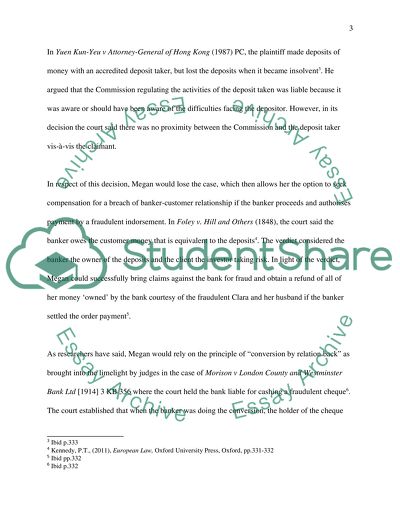Cite this document
(“Banking Law (question in instruction) Essay Example | Topics and Well Written Essays - 1750 words”, n.d.)
Retrieved from https://studentshare.org/law/1666081-banking-law-question-in-instruction
Retrieved from https://studentshare.org/law/1666081-banking-law-question-in-instruction
(Banking Law (question in Instruction) Essay Example | Topics and Well Written Essays - 1750 Words)
https://studentshare.org/law/1666081-banking-law-question-in-instruction.
https://studentshare.org/law/1666081-banking-law-question-in-instruction.
“Banking Law (question in Instruction) Essay Example | Topics and Well Written Essays - 1750 Words”, n.d. https://studentshare.org/law/1666081-banking-law-question-in-instruction.


